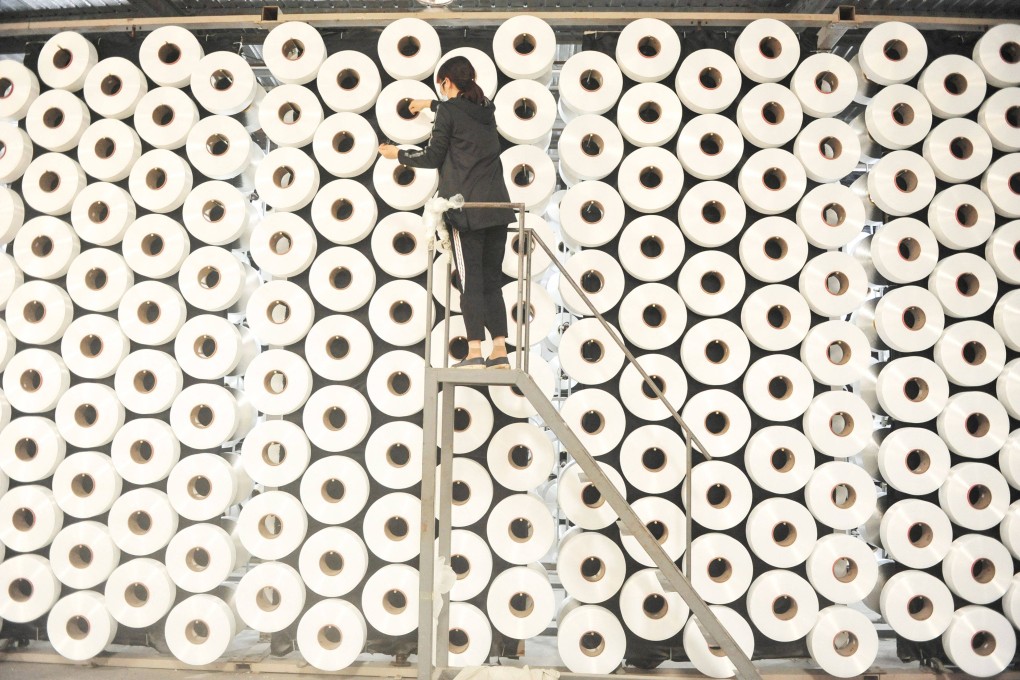Advertisement
China GDP: lacklustre provincial growth underscores impact of worsening coronavirus outbreak and lockdowns
- Six provincial-level jurisdictions – all of which suffered a rise in infections – lagged behind the national GDP growth rate of 4.8 per cent in the first quarter
- China’s overall growth outlook is weakening, as lockdowns in places like Shanghai drag on and as cases now start to rise in the capital Beijing
Reading Time:2 minutes
Why you can trust SCMP
2

Regions making up a third of China’s economy expanded slower than the national growth rate in the first quarter, underscoring the extent of the damage caused by a worsening Covid-19 outbreak and widening lockdowns.
Six provincial-level jurisdictions – all of which suffered a rise in infections in the January-March period – lagged behind the national gross domestic product (GDP) growth rate of 4.8 per cent, according to local statistics bureaus.
That included Guangdong and Jiangsu provinces, two of the country’s biggest provincial economies, which grew 3.3 per cent and 4.6 per cent, respectively.
Advertisement
In Guangdong, the technology hub Shenzhen was locked down for a week in March, while manufacturing base Dongguan salvaged factory activity by keeping workers in so-called closed loops, where they lived on site and were tested frequently. Several cities in Jiangsu, including the key electronics hub Suzhou near Shanghai, also tightened controls as infections rose.
The other laggards included Henan, Liaoning, Shanghai and Tianjin. The latter, a port city that recorded China’s first community spread of Omicron in January, expanded just 0.1 per cent and had been struggling before the latest outbreak. The quarter finished before the bulk of Shanghai’s ongoing lockdown.
Advertisement
Advertisement
Select Voice
Choose your listening speed
Get through articles 2x faster
1.25x
250 WPM
Slow
Average
Fast
1.25x